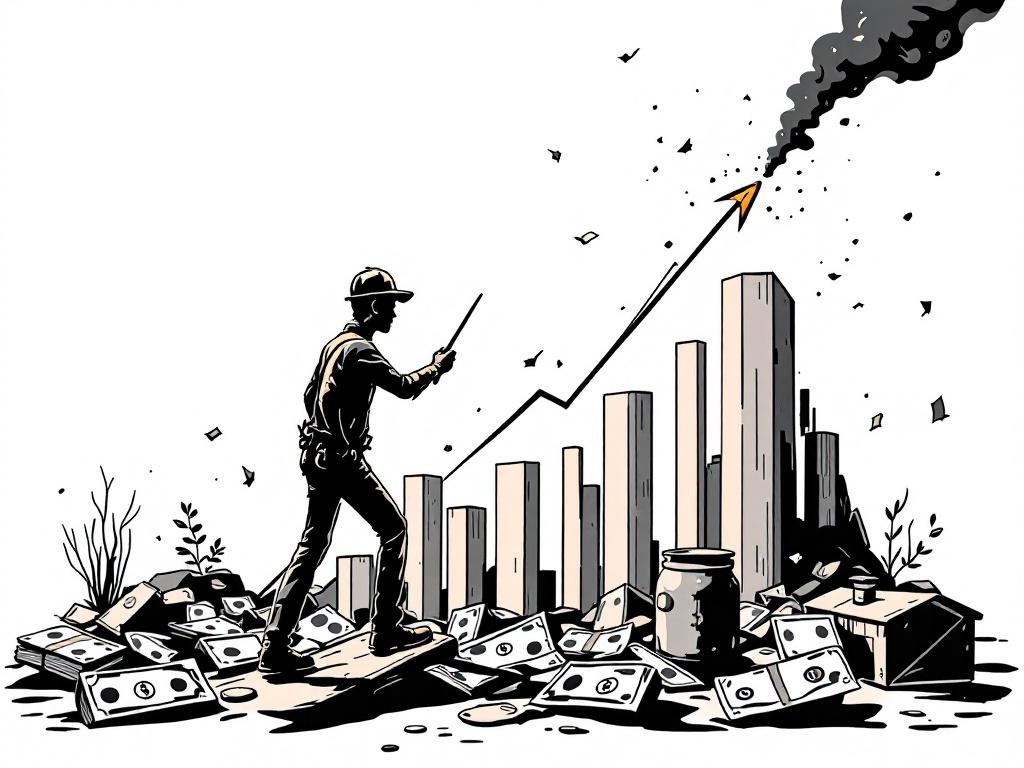U.S. Faces Five-Year Worker Growth Stagnation Warning

New York, Tuesday, 5 August 2025.
JPMorgan’s David Kelly cautions that U.S. worker growth may stagnate in the next five years, hitting economic expansion and corporate strategies amid rising inflation and political challenges.
The Current Labor Market Dynamics
David Kelly of JPMorgan anticipates no growth in the U.S. workforce over the next five years, a potentially critical trend given its implications for the broader economy. This concern arises from a combination of factors, including an aging population transitioning into retirement, decreasing immigration, and a reduction in labor force participation among those aged 18 to 54 [1]. Such factors have already contributed to a noteworthy decline in the labor participation rate from 62.65% in July 2024 to 62.22% in July 2025, equating to nearly 1.2 million fewer individuals in the job market [1].
Economic Impact of Stagnation
Should workforce stagnation persist, it may lead to moderated economic growth trajectories. Historically, a 0.8% annual increase in the workforce has underpinned the U.S. economy’s average 2.1% growth annually since the turn of the century. Without such contributions from the labor market, achieving similar growth figures is doubtful without igniting inflation—a crucial concern for the Federal Reserve [1][3]. The immediate pressures on the Federal Reserve, driven by political forces including President Trump, underscore a complex balancing act to manage inflation without exacerbating employment challenges [1][2].
Strategic Implications for Investors
For investors, the signals to recalibrate expectations are clear. Kelly advises caution against betting on a ‘strongly rising U.S. economic tide’ and suggests reconsidering assumptions about impending interest rate cuts [2]. With corporate strategies heavily tied to economic forecasts, understanding these labor market projections and potential inflationary pressures becomes essential for strategic planning [1]. It’s necessary for businesses to consider more tailored workforce plans and other mitigative measures to navigate these challenges effectively [2].
Possible Policy Adjustments
Looking ahead, policy adjustments could offer avenues to counteract workforce stagnation. Increasing immigration levels, enhancing workforce training programs, and crafting policies conducive to higher participation rates among younger cohorts could mitigate some negative projections [1][2]. The Federal Reserve, for its part, must weigh rate cuts carefully to avoid stoking inflation without providing undue support to a potentially overheated economy [1]. Overall, navigating these complex dynamics will require a careful balance of fiscal and monetary policies combined with strategic corporate adjustments [2].